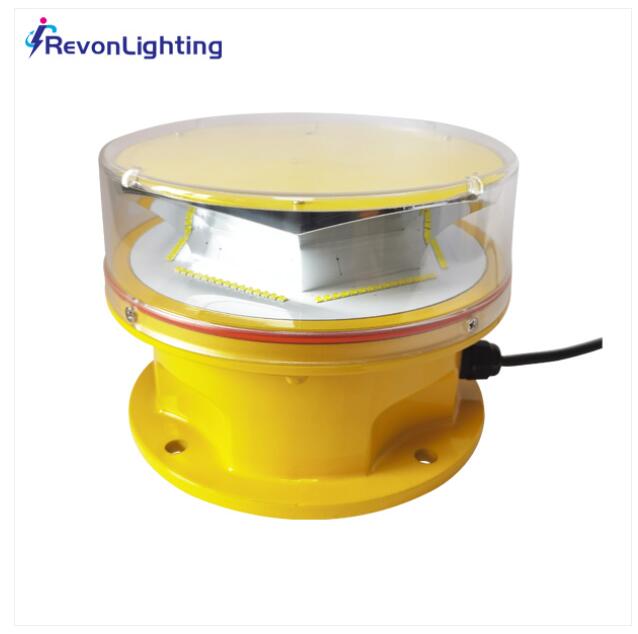Aviation lights on buildings play a vital role in ensuring the safety of air traffic. These lights are installed on tall structures such as skyscrapers, communication towers, and antennas to make them visible to pilots, particularly during nighttime or low visibility conditions. In this article, we will explore the significance of aviation lights on buildings and the various factors that influence their installation.
Importance of Aviation Lights on Buildings:
Aviation lights on buildings serve as visual cues for pilots, helping them identify potential obstacles in their flight path. These lights are particularly crucial in urban areas where tall structures may pose a risk of collision. By illuminating these structures, aviation lights contribute to the overall safety of air travel.
Compliance with Aviation Regulations:
The installation of aviation lights on buildings is governed by international aviation regulations, such as those established by the International Civil Aviation Organization (ICAO) and local aviation authorities. Compliance with these regulations ensures that the lights meet specific standards for visibility, color, and placement. The adherence to these regulations adds to the costs involved in installing aviation lights on buildings.

Types of Aviation Lights:
There are different types of aviation lights used on buildings, including red beacons, white strobe lights, and high-intensity LED lights. The choice of light type depends on factors such as the height of the building, location, and regulatory requirements. LED lights have gained popularity due to their energy efficiency, longer lifespan, and better visibility. However, they may have higher upfront costs compared to traditional incandescent lights.
Lighting Intensity and Configuration:
The intensity and configuration of aviation lights on buildings play a crucial role in ensuring visibility. The intensity of the lights should be sufficient to be seen from a distance, considering the height of the structure and the surrounding environment. The placement and configuration of lights should be in accordance with regulatory guidelines to ensure their effectiveness in warning pilots.
Durability and Weather Resistance:
Aviation lights installed on buildings are exposed to various weather conditions, including rain, snow, extreme temperatures, and strong winds. To withstand these elements, the lights need to be built with durable materials that are resistant to corrosion and environmental stress. Such lights may come at a higher price due to the additional costs involved in ensuring their durability and weather resistance.
| aviation lights on building | aviation lights on buildings | low intensity |
| medium intensity | 12 | 13 |
| 134 | 44 | 66 |
Maintenance and Monitoring:
Regular maintenance and monitoring of aviation lights on buildings are essential to ensure their continued functionality. This includes periodic inspections, cleaning, and repairing any faulty lights. Some systems also incorporate remote monitoring capabilities, allowing for real-time troubleshooting and ensuring the lights are always operational. The cost of maintenance and monitoring should be considered when evaluating the overall expenses of installing aviation lights on buildings.
Conclusion:
Aviation lights on buildings are critical for enhancing the safety of air traffic. Compliance with aviation regulations, the type of lights used, lighting intensity and configuration, durability, and weather resistance are all factors that influence the installation and pricing of these lights. Investing in high-quality aviation lights and ensuring their proper maintenance is essential for minimizing the risk of collisions and ensuring the safety of both pilots and passengers in the airspace surrounding tall structures.